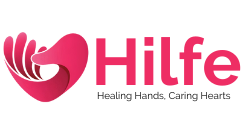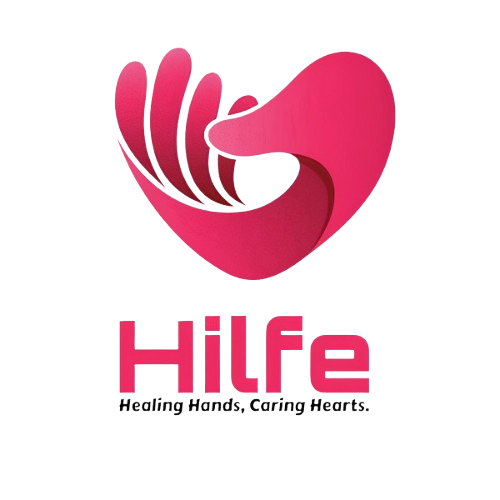- tel:+919873045731
- admin@hilfenursingservices.com
Book your enquiry
Send us a message and we’ll get back to you shortly!
Sleep study test at home
If you suspect that you may be experiencing sleep-related issues such as sleep apnea, conducting a home sleep test can provide valuable insights into your condition. Sleep disorders, including sleep apnea, can detrimentally affect various aspects of one’s life, significantly impacting overall well-being and quality of life.
To initiate the process of improving your sleep and overall health, undergoing an at-home sleep test serves as an essential first step. This diagnostic tool enables individuals to assess their sleep patterns and identify potential disorders from the comfort of their own home. By obtaining accurate and timely information through a home sleep test, individuals can take proactive measures to address any identified sleep-related concerns and ultimately enhance their sleep quality and overall vitality.
Polysomnography (sleep study)
Introduction
A test used to identify sleep disorders is polysomnography, sometimes referred to as a sleep study. During sleep, your heart rate, respiration, blood oxygen level, and brain waves are all recorded via polysomnography. Additionally, it tracks leg and eye movements.
A sleep study can be conducted at a sleep center or in a hospital’s sleep disorders unit. Usually, the test is run at night. However, shift workers who often sleep during the day may choose to have it done during the day.
If you have been diagnosed with a sleep issue, a sleep study test may aid with diagnosis as well as therapy planning. You might also use it to modify your course of treatment.
The sleep study may occasionally be completed at home. Obstructive sleep apnea is diagnosed with the aid of at-home sleep apnea tests.
There are various kinds of instruments that can be utilized when doing a sleep study from home. Every gadget makes use of a unique set of sensors. In most cases, home sleep apnea tests record your heart rate, oxygen saturation, and breathing rate and airflow. Information about blood vessels is also included in one manner.
The rationale behind its completion:
With polysomnography, your sleep patterns and stages are tracked. It can determine whether and why your sleep habits are disturbed.
Non-rapid eye movement (NREM) sleep is the first stage of sleep that usually precedes falling asleep. Brain waves slow down at this point. This is captured via an electroencephalogram (EEG) test during a sleep study.
NREM sleep lasts for around an hour or two before brain activity resumes. Rapid eye movement (REM) sleep is the name given to this phase of sleep. During REM sleep, your eyes rapidly travel back and forth. It is during this time of sleep that most dreams occur.
Most people have several sleep cycles in a single night. About 90 minutes pass between an NREM and REM sleep cycle. However, this sleep process may be hampered by sleep disorders.
If your physician believes you may have any of the following conditions, they might suggest a sleep study:
Your health care provider may recommend a sleep study if it’s suspected that you have:
· Sleep apnea or another respiratory condition associated with sleep. Breathing repeatedly stops and starts as you sleep with this disorder.
· Disorder of periodic limb movement. Leg flexion and extension is a common sleep ailment in those who have it. There is a connection between this illness and restless legs syndrome. An insatiable drive to move your legs while you’re awake, commonly in the evenings or right before bed, is the result of restless legs syndrome.
· Narcolepsy. Those who suffer from narcolepsy often feel excessively sleepy during the day. They might abruptly nod out.
· Disruption of REM sleep behavior. This sleep condition is characterized by daydreaming while you’re asleep.
· Unusual actions while you’re sleeping. This includes moving while you sleep, such as walking or pacing.
· Prolonged, unexplained sleeplessness. Individuals who suffer from insomnia find it difficult to go asleep or stay asleep.
Problems are diagnosed by Sleep Test

Snoring

Shortness of breath while sleeping

Insomnia
Happy Customers
Quality assured services
Affordable Price
- +91 98730 45731 | +91 90847 72288
- admin@hilfenursingservices.com
- S-548, 2nd floor, School Block ,Shakarpur Near Laxmi Nagar Metro , New Delhi 110092.


